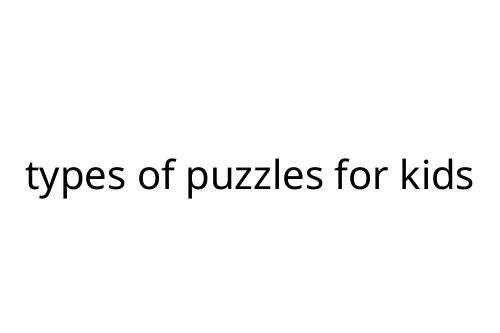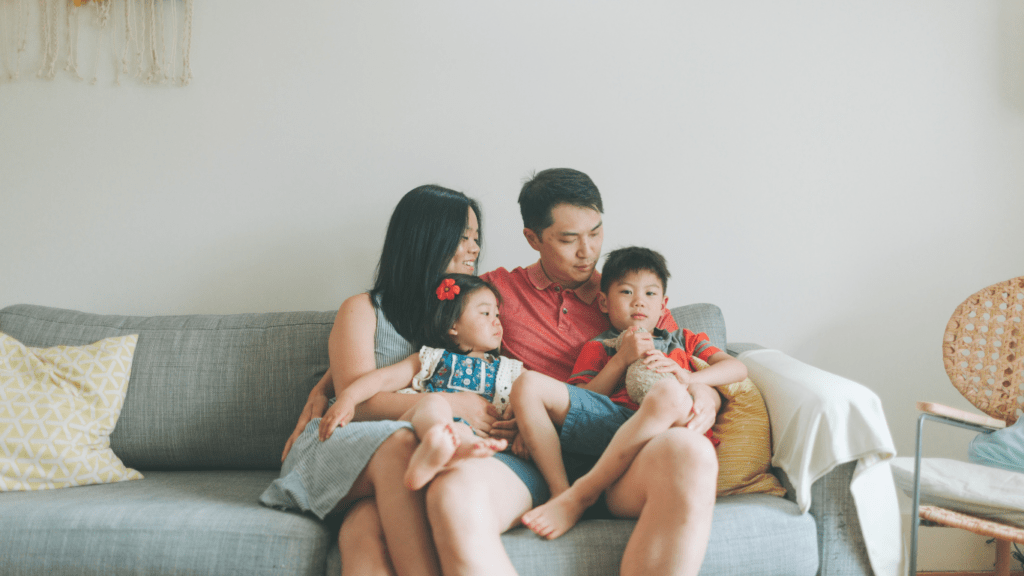types of puzzles for kids
Puzzles shape the way kids think, learn, and play. If you’re a parent, teacher, or just someone curious, understanding the different types of puzzles for kids helps you pick the right ones. Some puzzles boost problem-solving. Others develop fine motor skills, creativity, or social interaction. Let’s look at the main options, their benefits, and what to consider when choosing.
Jigsaw Puzzles
Jigsaw puzzles are a classic. Kids fit pieces together to build a picture. These puzzles come in various levels of complexity. Large-piece puzzles work best for toddlers, while older kids can try smaller, more detailed sets. Jigsaw puzzles improve spatial reasoning, patience, and the ability to focus on a task.
Pros
- Develop hand-eye coordination
- Encourage persistence
- Fun for solo or group play
Cons
- Loose pieces can get lost
- Younger children may need help
Logic and Brain Teaser Puzzles
Think Sudoku, mazes, or sequence games. These require reasoning and planning ahead. Some logic puzzles involve matching shapes or colors, while others ask kids to solve riddles.
Pros
- Strengthen critical thinking
- Can be portable and quick
- Encourage independent problem-solving
Cons
- Frustration if too difficult
- May not appeal to very young kids
Word and Letter Puzzles
Crosswords, word searches, and Scrabble Jr. are popular choices. These puzzles build language skills and expand vocabulary. Letter blocks or magnetic tiles can help early readers recognize words and practice spelling.
Pros
- Boost reading and writing skills
- Teach spelling and vocabulary
- Entertaining for many age groups
Cons
- Can be repetitive without variation
- Some puzzles not suitable for pre-readers
Math Puzzles
Math-based puzzles range from simple counting activities to number-based brain teasers. Match-the-number cards, mathematical riddles, and number sequencing games fall into this category.
Pros
- Reinforce arithmetic
- Make math engaging
- Develop logical thinking
Cons
- Risk of frustration if too advanced
- Not all kids enjoy math-based activities
Physical and 3D Puzzles
Building toys, like LEGO sets, or 3D puzzles challenge kids to think in three dimensions. Towers, cubes, and balance puzzles all push kids to visualize structure and stability.
Pros
- Hands-on engagement
- Improve spatial awareness
- Encourage creativity
Cons
- Require supervision for small parts
- Can be expensive
Choosing the Right Puzzle
When picking types of puzzles for kids, consider age, skill level, and interests. It’s better to start simple and gradually increase the challenge. Encourage kids to try different puzzle types—you never know what skill will click. The best puzzles entertain while teaching, helping kids develop confidence along the way.
There’s no shortage of puzzles out there. Mixing in a variety ensures developing brains get well-rounded stimulation. Whether it’s piecing together a scene or cracking a tricky riddle, the right puzzle makes learning fun and meaningful.



